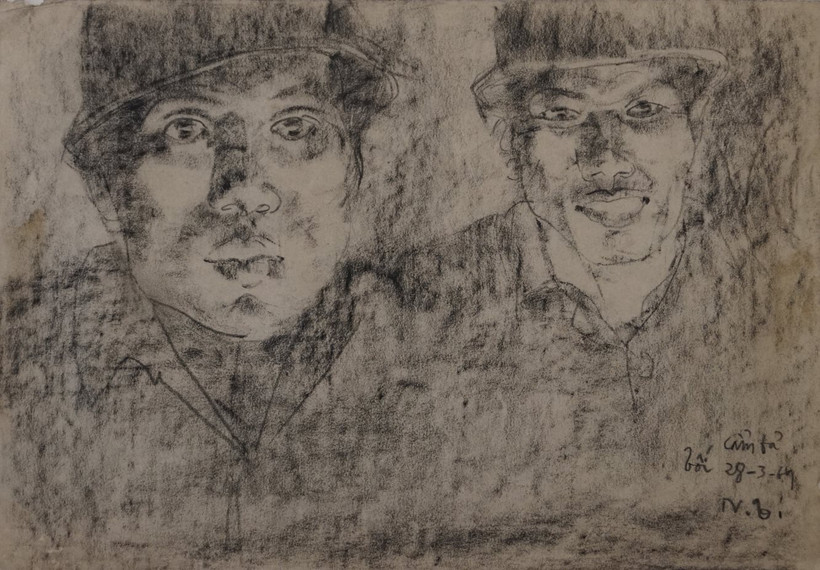
Each painting evokes a hope.
The bright smile of the miner in a double portrait sketch, with the caption “Cam Pha evening 28-3-69” attracts the eyes of anyone facing him, I am sure. The two miners no longer wear spotlights on their helmets. The white spaces on the face of the person on the left, on the face and neck of the person on the right give the impression of light in front of them.
The artist only used a few thin pencil lines to define the outline of the helmet, the face, and the collar of the character. For the rest, he used light charcoal to build the shape. Just a little bit of the shoulder edge of the character on the right is slightly raised, suggesting the shape, giving the feeling that this person is slightly behind. The charcoal color on the left is only one level darker than the right, still to suggest the shape better, still showing that the light in front is slightly tilted to the right and certainly, that is the light from the hurricane lamp. The person on the left has wide, determined eyes, focusing on something in front, something to focus on. The person on the right is more relaxed, expressed in a natural smile and gentle gaze.
Because I did not have the opportunity to ask him about this type of double portrait sketch, sometimes, when looking at the drawing, I thought that he must have considered it a way to save paper during his field trips to the mines during the war. But even though the two characters are in two different situations, or two characters in the same situation but not as close as in the drawing, the similarity between the two characters and the spiritual connection between them is real. Because of the way the artist constructs and lines quickly, creating a collage of two portraits from seamless charcoal pieces, only suggesting blocks, suggesting the distinction between the two characters thanks to a few really necessary, delicate strokes. All of this gives the feeling that there is no distance between them. A closeness, harmony!
The artist’s sensitivity and subtlety lead me back to one of his watercolors, a portrait of an old woman holding her grandchild in her arms. The painting evokes the scene of a lingering cold spell in the north (dated March 17, 1956), when the artist was a first-year student at the Vietnam Fine Arts University.
The small, delicate pink-brown patches on the character’s cheekbones help to vividly depict the old woman’s face, in the cold style unique to the north. The black scales, sparse or dense, connected or separated, depending on the position, show the character’s skin with many wrinkles of time at the corners of the mouth, the square, thick, and rough hands and feet. He also did not forget the detail of a little toe on the character’s left foot slightly spread out. The sturdy body, the old woman’s arms hugging the baby tightly enough, shows deep affection.
During his lifetime, painter Ngoc Tho was a quiet person with many experiments and diverse materials and creative techniques: rich color palette, strong brushwork, open-minded, emotional strokes, breaking away from familiar ways of thinking.
He devoted all his time and attention to drawing and always wished to be able to keep all his creations. His realistic sketches were a solid foundation for his later experiments, with the schools of impressionism, expressionism and, at times, leaning towards expressionist abstraction.
But perhaps, the artist paid a lot of attention to depicting the eyes that were marked by old age, looking down slightly, somewhat worried. Just a tiny dot of the same color as the paper at the corner of the left eye was enough, a delicate way of "dotting the eyes", the rest were all bold and light black strokes, but no less passionate. The grandmother's inner shirt had a patch. But right next to that patch was the plump face of her grandchild, who was hugging it. This baby was wearing a cotton shirt with many red and pink flowers, and a woolen hat with red flower borders. The choice of colors and details like that made the center of the painting glow with warmth, as if suggesting a hope to balance the worry on the grandmother's face.
And stop time
Sketching is to record the first feelings before the scene and people, but due to many external influences, the artist does not have much space and time to linger, align, and select, so he often has to draw quickly. So how much sensitivity of observation and professional calculation, of technical virtuosity and of subjective feelings are blended together, poured through the brush strokes, the color patches... Especially in the context of war, the actual trips of the artists still take place, in the urgency and hardship because the danger of bombs and bullets spares no one.
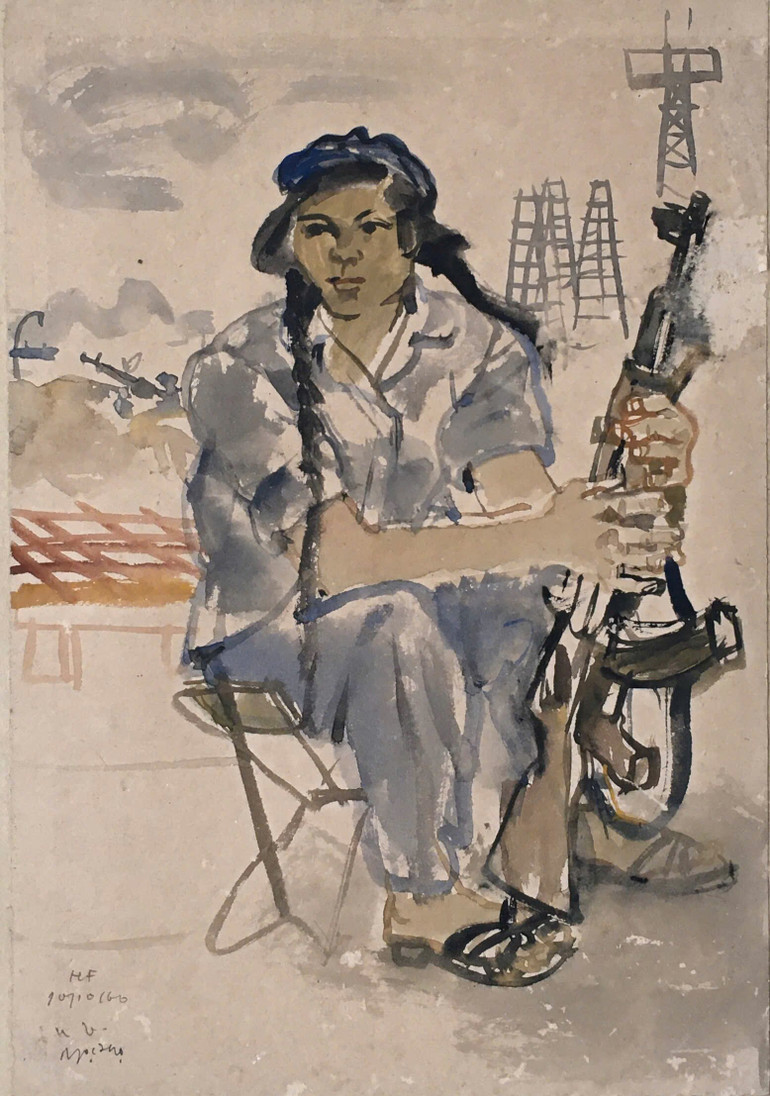 |
A watercolor sketch in Hai Phong , 1966. |
Besides his trips to the mining areas, sketches left by artist Ngoc Tho show that during his years in the North before 1975, he also took the opportunity to visit some typical rural villages such as Thu Thi (now in Yen My district, Hung Yen province).
In particular, he had field trips to the Hai Phong port area (in 1966), where he sketched watercolor images from behind of sisters and mothers standing and sitting on the high scaffolding, diligently painting and welding the hull of ships. However, some of them were not wearing workers' uniforms, but black silk (satin) pants, wide legs with a pinkish brown or light moss green blouse, wearing hats, with a few black scales on the back of the shirt, suggesting the image of long black hair, neatly tied back.
Those small, slender figures contrast with the large, dark hull of the ship, with the towering, proud cranes, and the chaos and clutter of the field scene. The painting seems to freeze a moment in time, evoking in the viewer's mind many thoughts about the North during the war years, when women shouldered many tasks for men in the rear and that rear also had times when it suffered from bombs and bullets...
The sketches of female welders still wearing masks on their shoulders, their hands still holding the soldering iron with welding rods attached, or the female worker and self-defense worker with long hair braided in two, two hands firmly holding a rifle, a youthful but calm and determined face were all sketched by him in Hai Phong in October 1966. All continued to confide in the person opposite about many other dimensions of the past.
"It is not by chance that people often say that sketching is the heartbeat of an artist" - Mrs. Yen Hoa, his wife, said so during a conversation about his prime - devoted to traveling and drawing.
In a simple and modest color palette, Ngoc Tho's sketches also stand out with a common point: The artist has sincerely expressed the objective reality of the land and people where he came. He does not romanticize reality or just want to place the object before his eyes as a fulcrum for formal experiments. He records the immediate existence before his eyes with all his heart: worry, relief, anxiety, calmness... And there, containing just enough details that seem ordinary but strangely, deeply depict the characteristics of that existing moment, turning each moment into something as if it were frozen and eternal.
Painter Ngoc Tho (1925-2016), originally from Binh Thuan . He joined the resistance war in Nha Trang early and gathered in the North in 1954. He was a student of the first class (To Ngoc Van class, 1955-1957) of the Vietnam Fine Arts School (now the Vietnam University of Fine Arts) after returning to Hanoi from the Viet Bac resistance base.
He was a lecturer at the Industrial Fine Arts College (now the University of Industrial Fine Arts) from 1962 until his retirement.
Source: https://nhandan.vn/ky-hoa-chan-dung-khac-hoa-thoi-cuoc-post856166.html



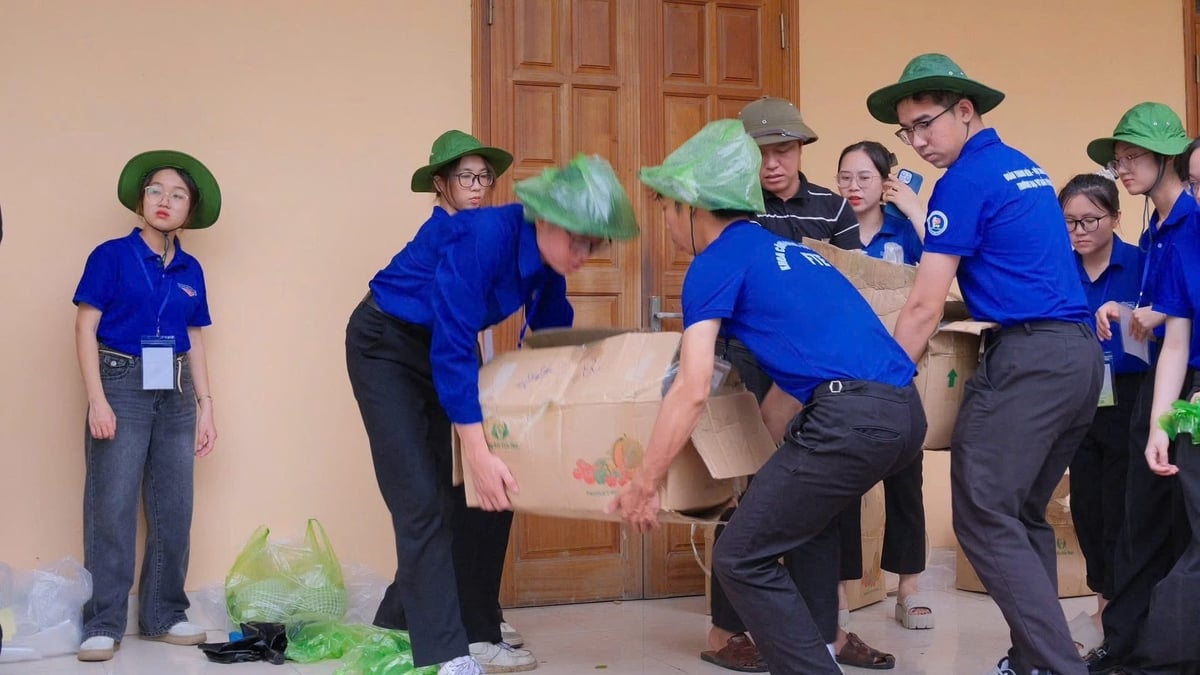

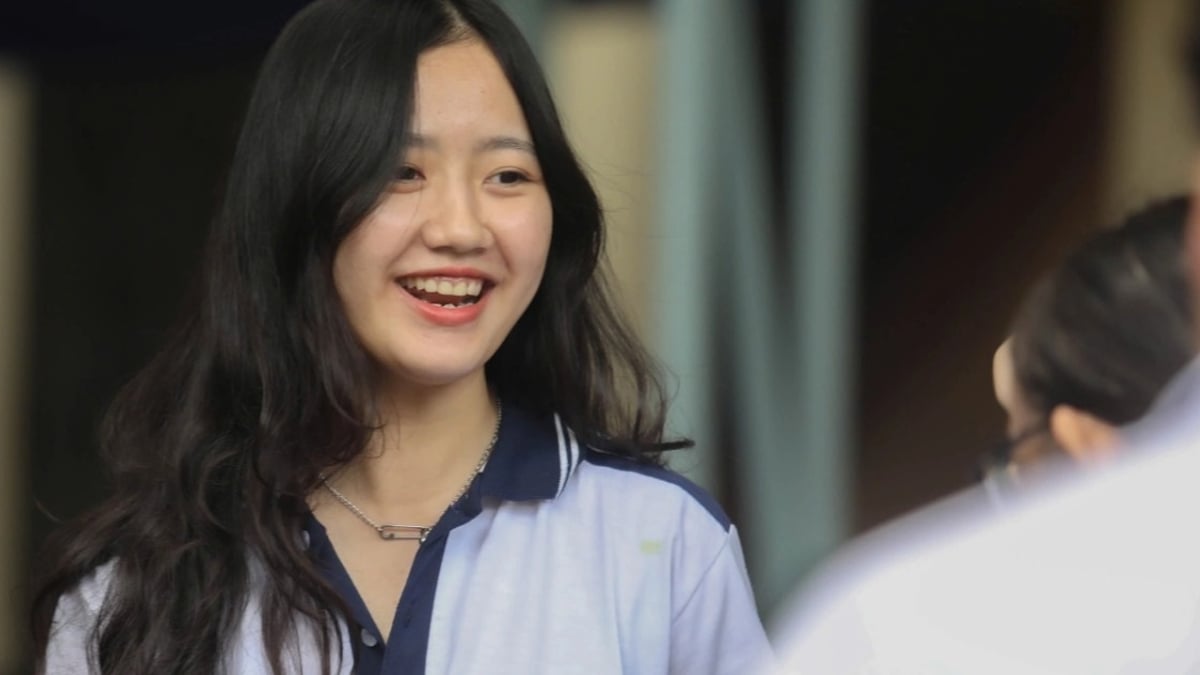

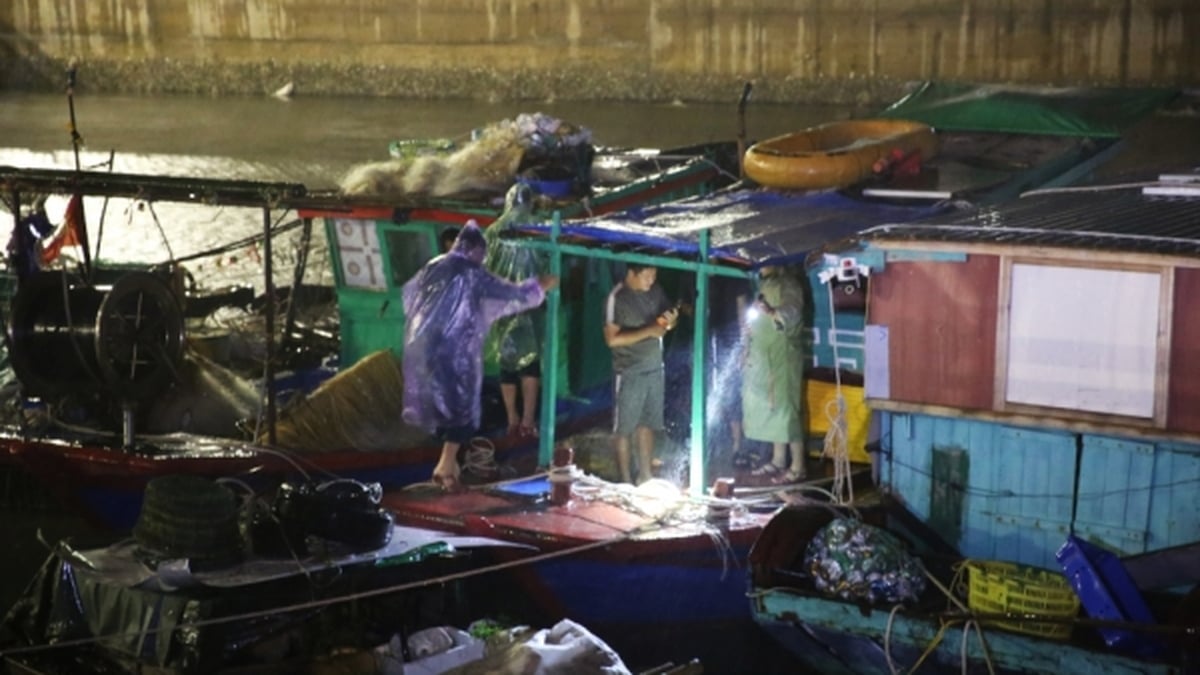
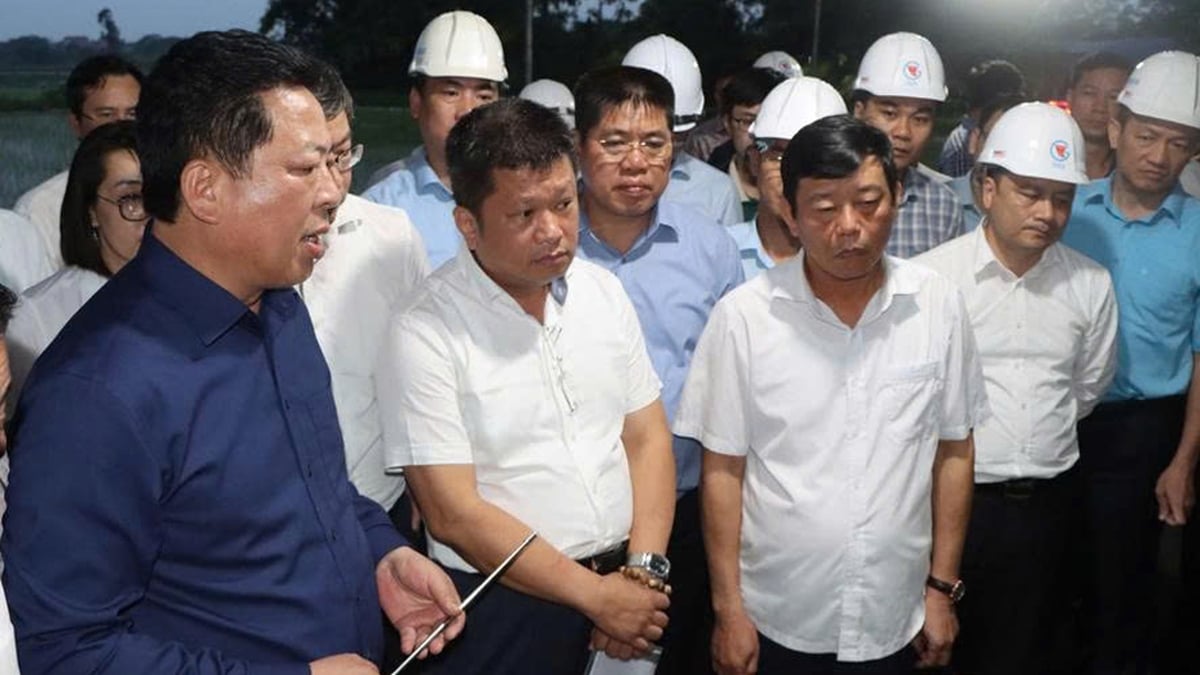

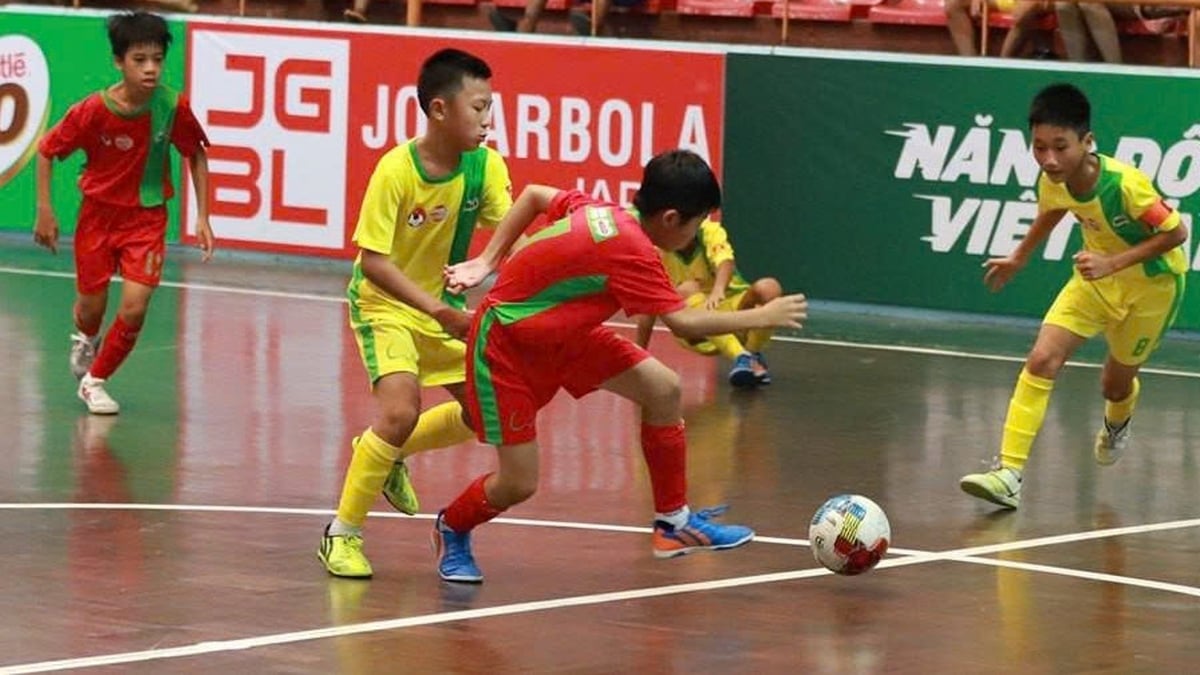
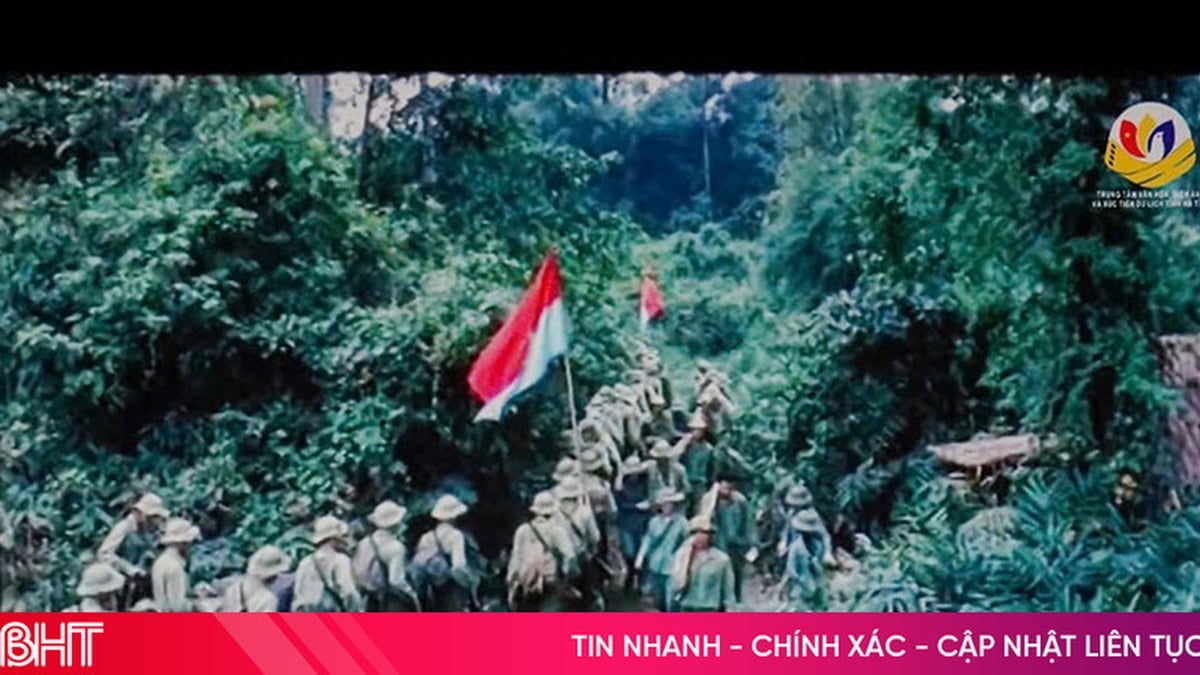











![[Photo] National Assembly Chairman Tran Thanh Man visits Vietnamese Heroic Mother Ta Thi Tran](https://vphoto.vietnam.vn/thumb/1200x675/vietnam/resource/IMAGE/2025/7/20/765c0bd057dd44ad83ab89fe0255b783)













































































Comment (0)